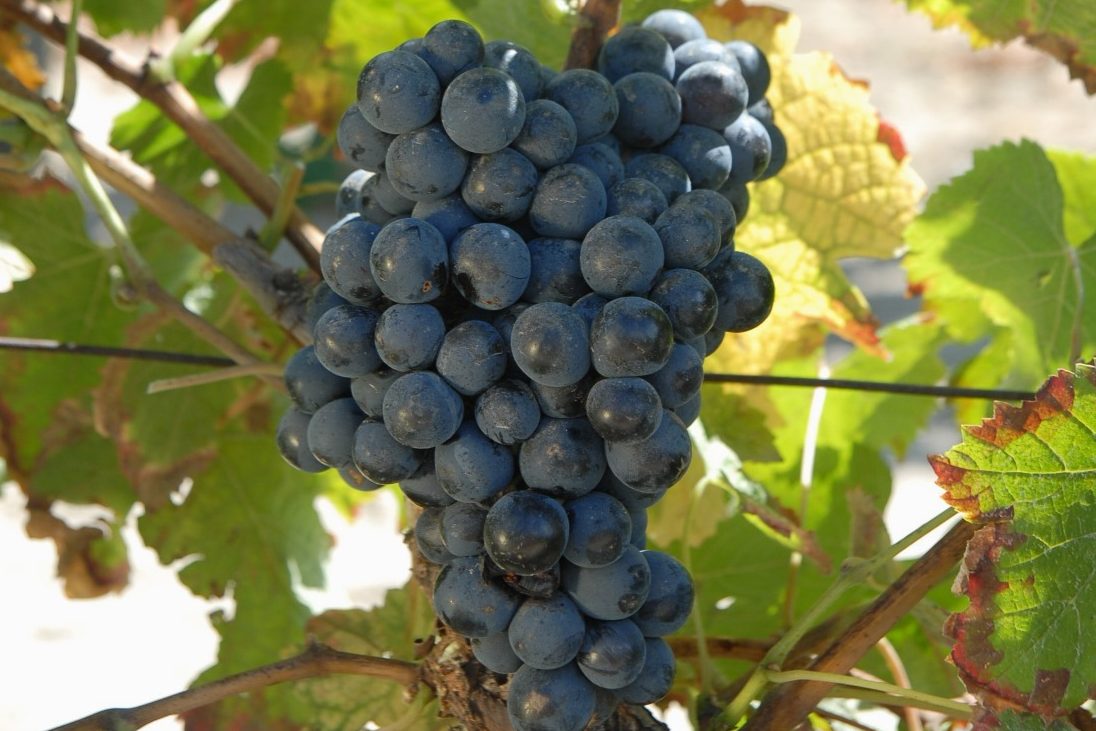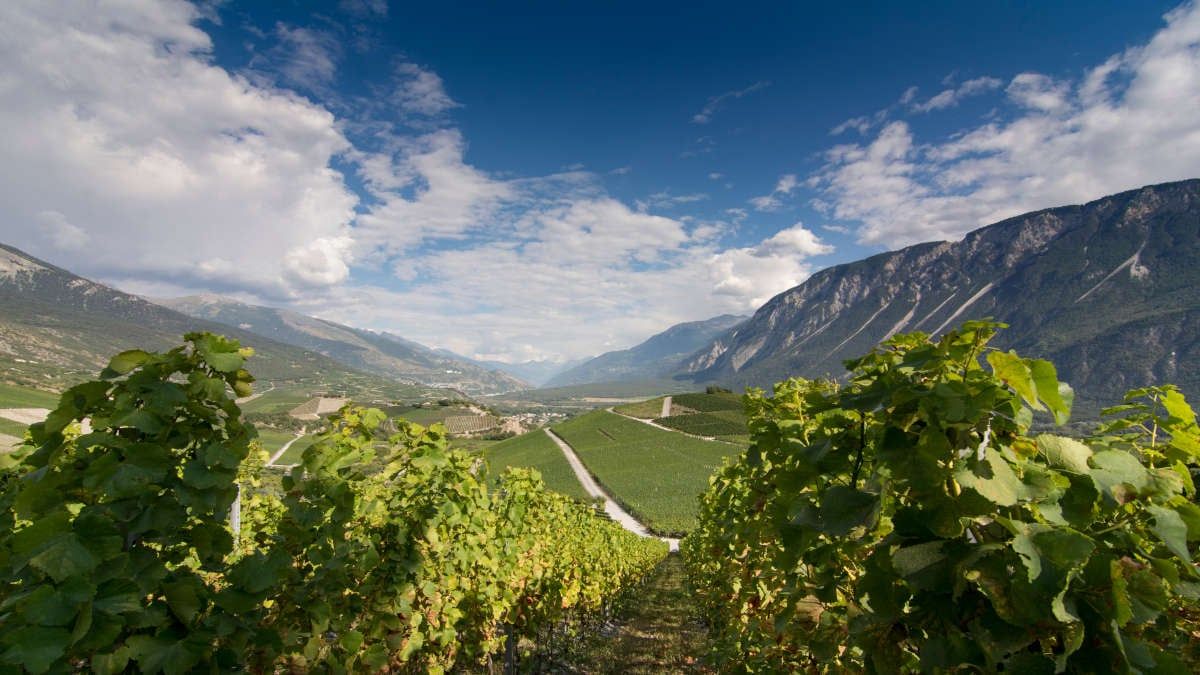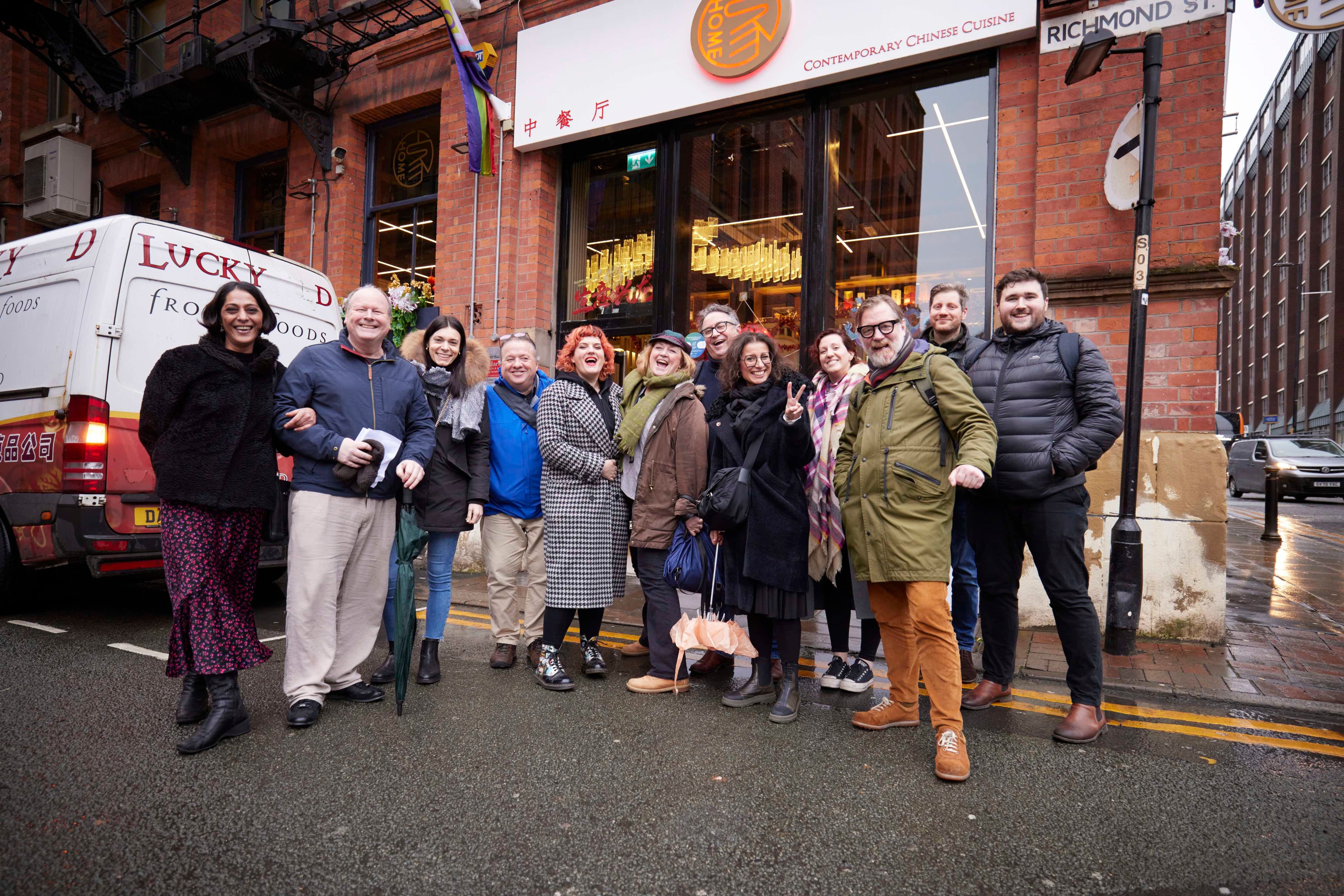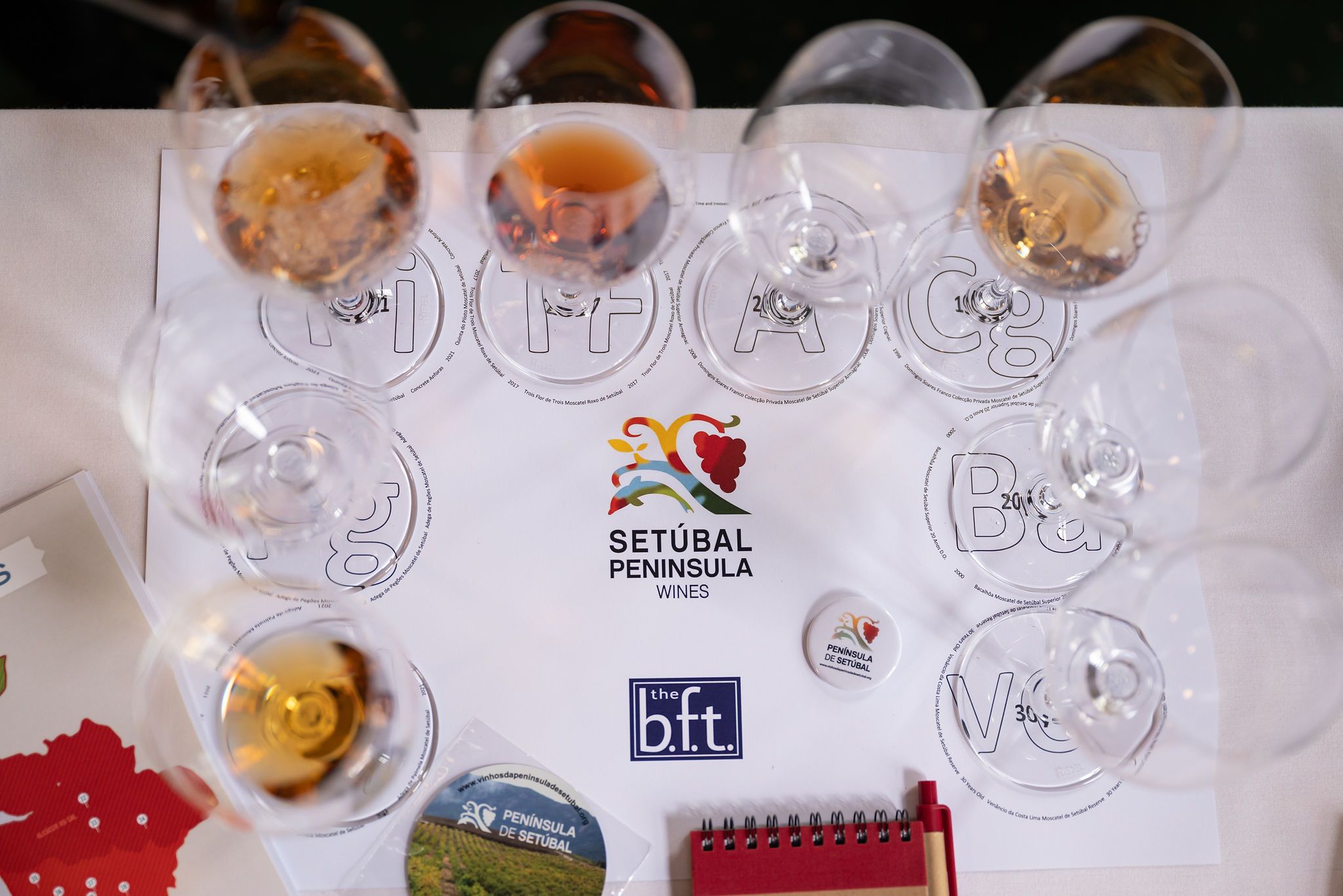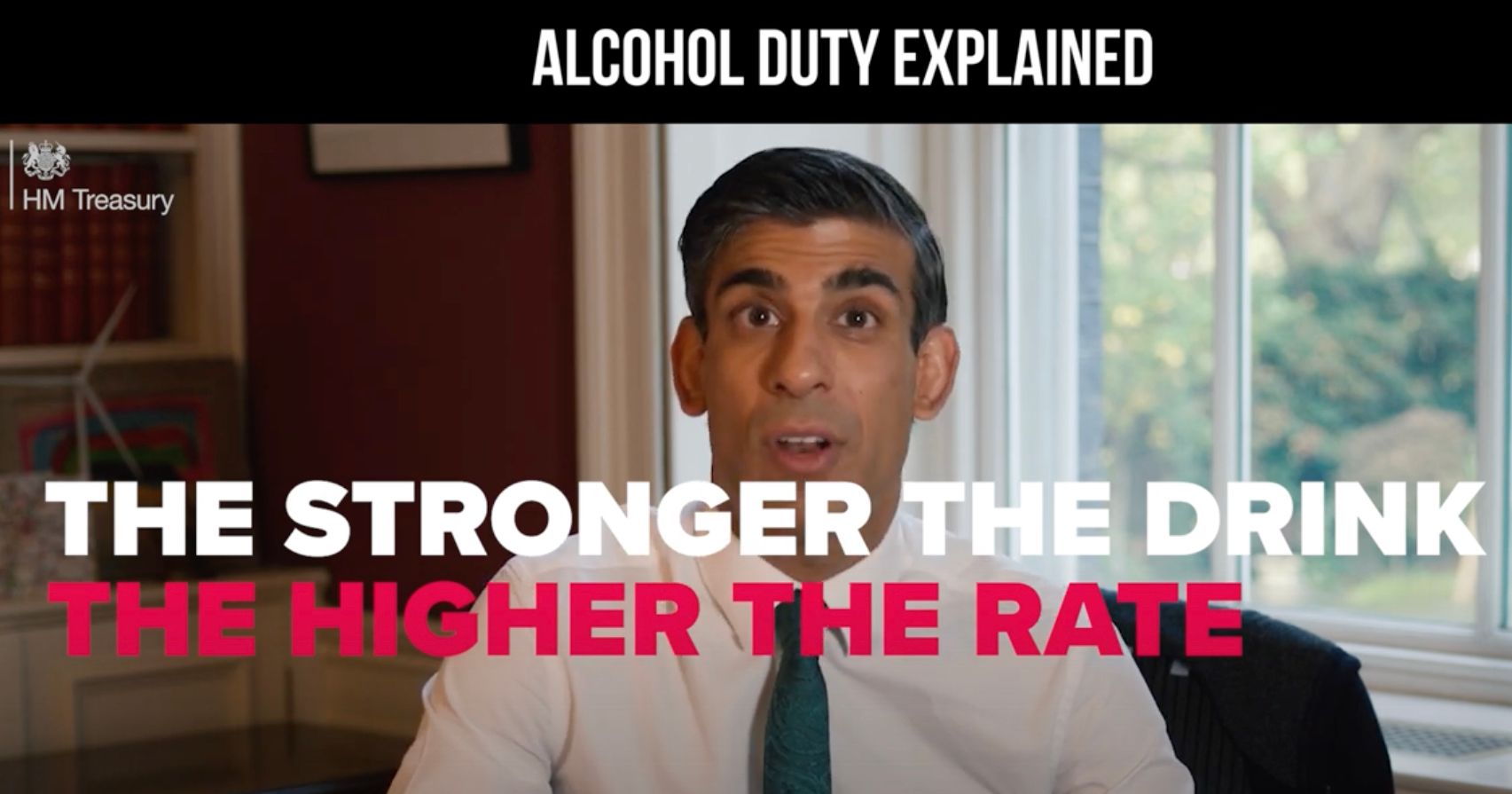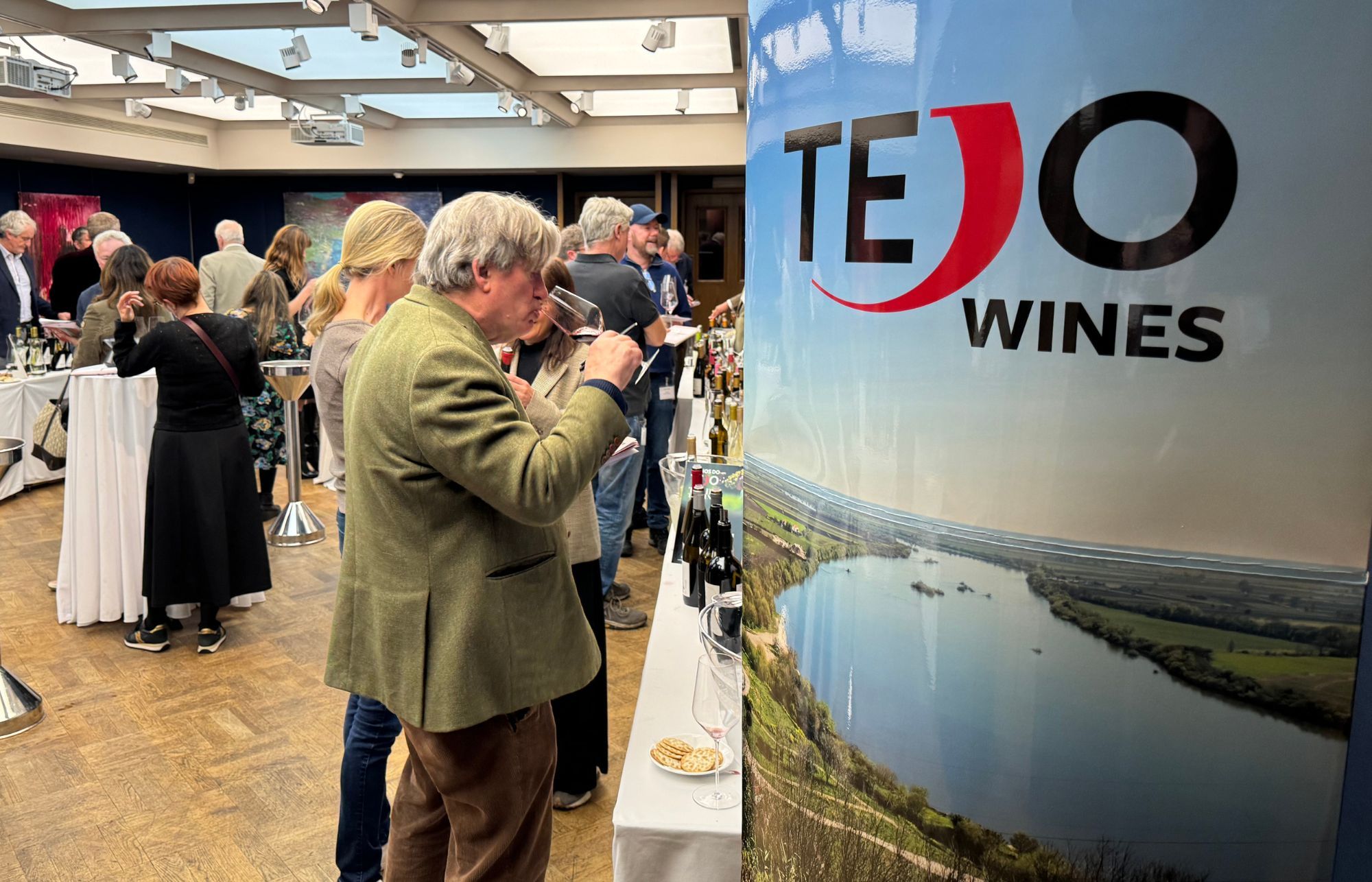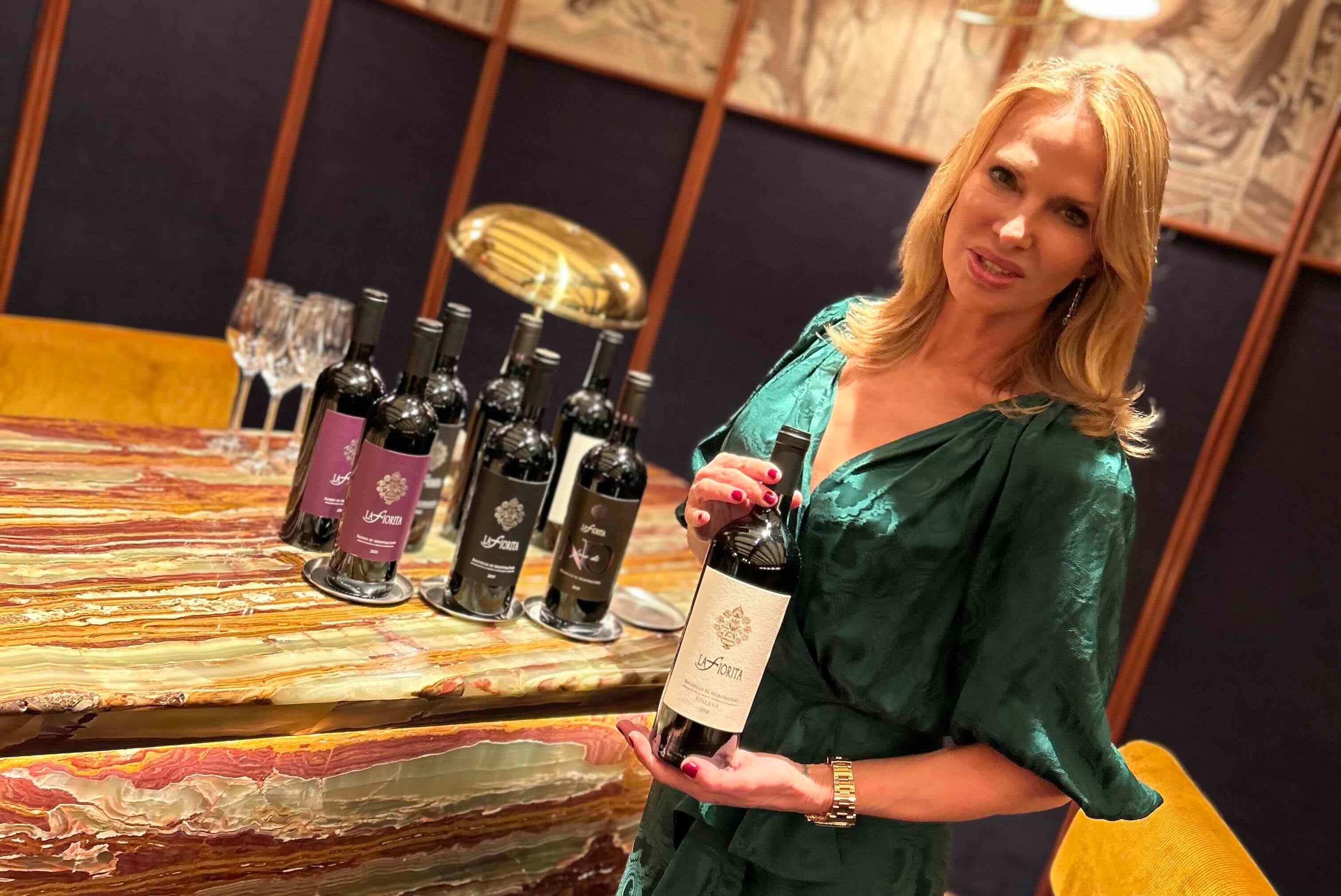Our lack of exploration in wine, in humans, is leading us down a difficult and dangerous path, argues Rasmussen.

This photograph landed in my inbox this week and it might be the most excited I’ve ever been about an email. It doesn’t look like much (let’s be honest), but it’s very special. What is it?
It’s Merlot’s Mum. She had been lost, and some thought she would never be found…she is now being grown (albeit only with three plants) by Clement Dubos in south west France.
If you had told my 20-year-old self, busy going out to as many music festivals as still getting a 2:1 in her French degree would allow, that she would be sitting down at age 27 to buy and download a research paper entitled ‘Parentage of Merlot and related wine grape cultivars of south western France: discovery of the missing link’, she probably would have given you the side-eye look of questioning, and a response resembling something like…

Yet here I am, at 27 years of age, head-over-heels with ampelography.
Ampelography is related to the identification of grapevine varieties and species. Why is that so important? Jancis Robinson, Julia Harding and José Vouillamoz included 1,368 varieties in their Wine Grapes bible (these are grapes specifically used to produce wine – outside of this there are thousands more).
So while it is clear we have hundreds of exciting options out there to make wine with, unfortunately, the modern day world appears to have fallen out of favour with variety in wine.
Ask a friend who doesn’t work in the industry what they like to drink, and I think the following wines are more often than not the answer:
Argentinean Malbec, Merlot, New Zealand Sauvignon Blanc, Australian Shiraz, Italian Pinot Grigio, Prosecco, Rioja, and for those that can afford it – Burgundy and Bordeaux.
Why is this a problem?
Let us start with why it’s not a problem. These countries/regions/varieties are successful for a reason; they have pushed for quality in some sense of the word and offer reliability. My own favourite region in the world is Burgundy and I drink a lot of it. I’m not going to tell myself or you to stop drinking the wine that you love and trust, just like I am not going to tell you to stop cooking your favourite comfort meal or ordering your favourite pizza.
However, let’s keep comparing it to food. Do you eat the same meal every day? The answer is likely not. Imagine how boring our culinary life would be if we walked into the supermarket and were faced with only aubergines and apples.
That’s not to say aubergines and apples don’t play an important factor in our lives; without them we wouldn’t be able to make parmigiana or tarte tatin.
But we don’t only have aubergines and apples. We have choice.
So why do so many always buy the same wine, or the same grape variety? Comfort perhaps; reliability. Bad experiences.
But our lack of exploration in wine, in humans, is leading us down a difficult and dangerous path.
A startling statistic tells us that the 20 most prominent grape varieties in France accounted for 91% of vineyard area in 2012, compared with 53% in 1958.
This means we are around 9% away from having only 20 grape varieties in France.
This is the vinous equivalent of us only having 20 ingredients available to use from France for our meals for the rest of our lives.
We have many things to blame for this, and I won’t delve too far into them. Phylloxera, financial stability, reliability, the globalisation of certain tastes and the creation of certain brands all have a role to play.
Historically, ampelography has relied on our human eyes and hands. We have looked at vine species and guessed as damn close as possible what they are, but we are not omnipotent, and we make mistakes. We were also unable to link varieties to one another.
Everything changed drastically in the early 2000s with the introduction of DNA testing for vines led by Carole Meredith at UC Davis in California. Drum roll please… suddenly we were able to create factual family trees of grape varieties. Grape geneticists quickly got to work.
One link had been missing for a while. We did not know who Merlot’s Mum was.
She was found one day growing up a building in the south west (of France). After DNA testing, it turned out she was also the missing link for Malbec’s family tree; Merlot’s Mum is also Malbec’s Mum.
They named her Magdeleine Noire de Charentes.
Had it not been for this stray, ancient vine, Magdeleine, whose species had metaphorical sex with two lovers (in the form of grape varieties) back in Shakespearean times or before, and a grapevine stork dropped off two babies in Merlot and Malbec form, these two grape varieties would have never existed. Can you imagine? I can’t.
I had the pleasure of dining with Jean-Claude Berrouet in the summer of 2018 to taste the wonders that he is achieving with Merlot via Twomey across the pond from Bordeaux where he crafted one of the world’s most iconic wines; Pétrus. It is not an overstatement to say that we would not be living in the world of wine as it is today without Monsiuer Berrouet. We spoke about ampelography briefly. He asked me whether I knew who Merlot’s mother was.
“But of course,” I answered. “She is Magdeleine Noire de Charentes. I’ve even named our wine tasting group after her.”
He smiled; it was the kind of smile that crinkles at the sides of the mouth and eyes, warming up the whole face.
It matters. Jean-Claude knows it matters. I know it matters. I hope we all know it matters. Plant diversity and genetic diversity is crucial in our world; there would be catastrophic consequences without it.
I asked Dr José Vouillamoz, grape geneticist and a huge inspiration to me, to comment,
He said, “In 2009, my colleagues at INRA in Montpellier have published the discovery of the missing link in the parentage of Merlot: it is a natural, spontaneous crossing between Cabernet Franc and Magdeleine Noire des Charentes. At the time of the discovery, only five vines of this plant were still in existence: one in northern Brittany growing in a forest, and four in the Charentes growing in front of farmhouses. This missing link was on the brink of extinction, yet it is the parent of the second most planted grape variety in the world. This illustrates the importance of conserving the old, obscure or minor grape varieties that are our heritage as well as a source of genetic diversity and a possible solution for climate change.”
Let us save Merlot’s Mum, let us look after her, nurture her, safeguard her and fix this predicament we find ourselves in. Merlot’s Mum is a metaphor for all indigenous varieties. I strongly believe that the combination of our ability to genetically test grape varieties, as well as a growing faith in our own varieties and individuality, are the reason that for the first time in many years indigenous is on the up. Indeed we can take it one step further; it is not only in their homes but also away from their homes; look at what young Jaimee Motley is achieving in California with the Savoyard gem, Mondeuse (Syrah’s grandparent!) I believe this will become one of the most exciting wines in the world. Winemakers have more love and trust in their local varieties and pour such energy and love into their cultivation that quality shines. As a result, suddenly we see the once lesser-known varieties pop up on the other side of the world.
So this is a small plea for help from us. Next time you buy your wine, whether it be from an independent merchant, online, or in a supermarket, have a read and look for something different. Try a grape variety you don’t know; even better, try one you can’t pronounce. Ask the store staff for advice on indigenous grape varieties.
Tell me about the wine you find. Tell your friends about it. It might be the start of a lifetime of vinous exploration.
This article first appeared on Rasmussen’s wine blog in February 2019 which you can access here
